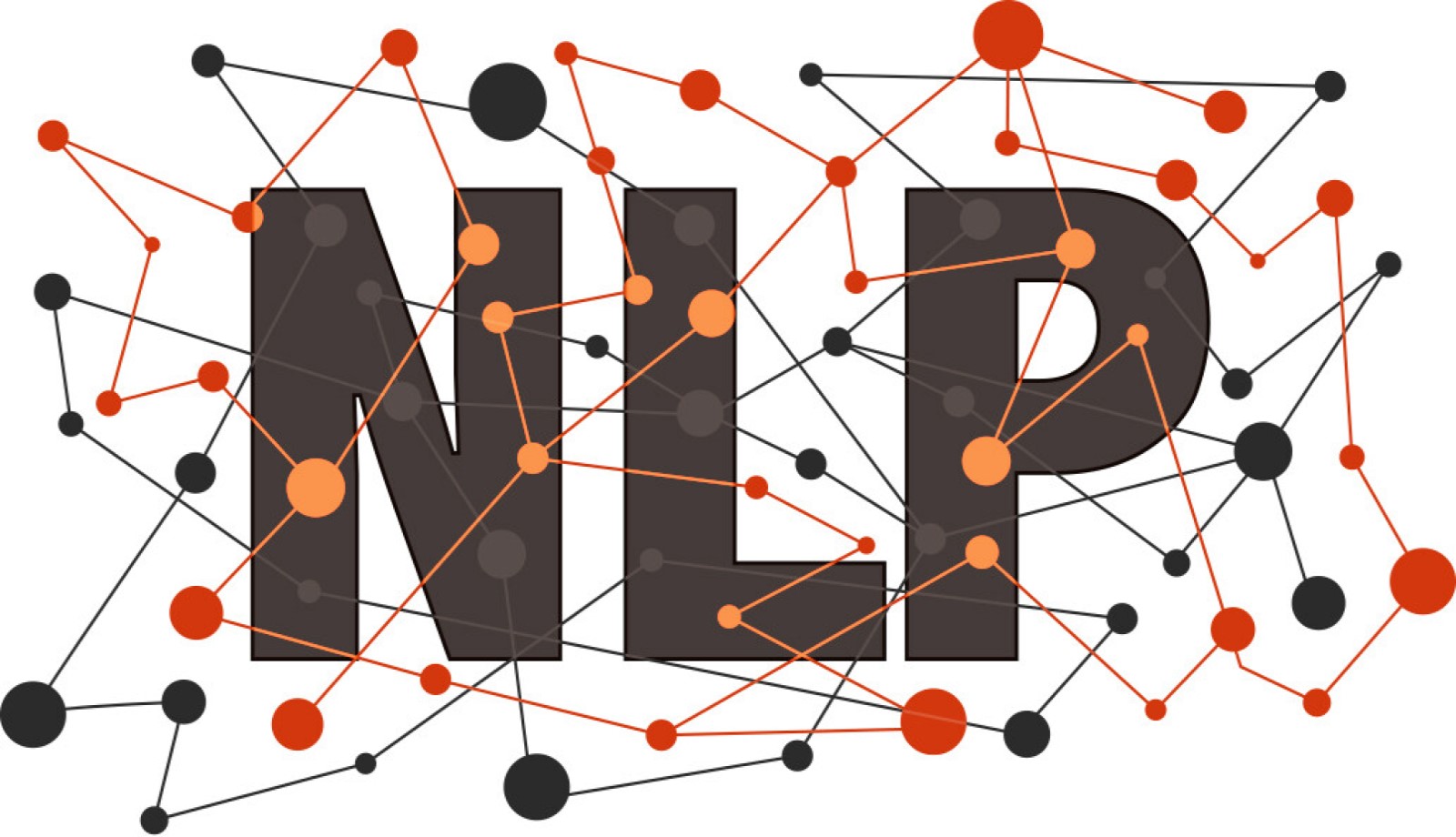NLP evolution
The Evolution of Natural Language Processing (NLP)
The Evolution of Natural Language Processing (NLP)
Natural Language Processing (NLP) is a branch of artificial intelligence (AI) that focuses on enabling machines to understand, interpret, and respond to human language in a way that is both meaningful and useful. Over the past several decades, NLP has undergone significant advancements, evolving from simple rule-based systems to complex, deep learning-based models. This article explores the evolution of NLP and how it has transformed over time.
1. The Early Days: Rule-Based Systems
The origins of NLP can be traced back to the 1950s when researchers first began experimenting with computers' ability to understand human language. Early systems were heavily reliant on predefined rules and linguistic structures. These rule-based systems used grammars and dictionaries to process language and generate responses. However, they were limited in their ability to handle the complexities of natural language, such as ambiguity, irregularities, and context.
For example, early NLP applications like machine translation struggled with translating sentences from one language to another, often producing awkward or nonsensical results. Despite these challenges, rule-based NLP laid the groundwork for future developments and provided key insights into the structure of language.
2. Statistical Methods and Machine Learning (1990s)
In the 1990s, NLP research began shifting toward statistical methods and machine learning techniques. Rather than relying on hand-crafted rules, machine learning models could learn from vast amounts of data to make predictions and identify patterns in language. This marked a significant improvement over rule-based systems, as it allowed for more flexibility and adaptability in processing natural language.
One of the key innovations of this period was the introduction of corpus-based learning, where large datasets of text (corpora) were used to train statistical models. These models could now recognize word patterns, identify sentence structures, and understand context in a more robust way. One of the earliest successes of this approach was the development of part-of-speech tagging, where words in a sentence are classified into categories like nouns, verbs, adjectives, and more.
3. The Rise of Deep Learning (2010s)
The most transformative period for NLP came in the 2010s with the rise of deep learning. Deep learning, a subset of machine learning, involves the use of artificial neural networks with many layers to automatically learn patterns in large datasets. This approach allowed for even more sophisticated language models that could understand nuances in text, making NLP systems much more accurate and versatile.
The introduction of pre-trained language models, such as Word2Vec and GloVe, revolutionized NLP by enabling machines to understand the meaning of words in context. These models used word embeddings—dense vector representations of words—to capture semantic relationships between words. This shift enabled NLP systems to better handle synonyms, antonyms, and polysemy (words with multiple meanings), which had been major challenges in earlier models.
4. Transformer Models and BERT (2018)
In 2018, a breakthrough in NLP came with the introduction of the Transformer architecture, which was presented in the paper "Attention is All You Need" by Vaswani et al. The Transformer model revolutionized how NLP tasks were approached by using attention mechanisms that could process entire sequences of words simultaneously, rather than sequentially. This significantly improved the efficiency and accuracy of NLP models.
Building on the Transformer architecture, Google's BERT (Bidirectional Encoder Representations from Transformers) was introduced as a pre-trained language model capable of understanding the context of words from both directions (left-to-right and right-to-left). BERT achieved state-of-the-art results on a variety of NLP tasks, including question answering, sentiment analysis, and named entity recognition. This was a major milestone in NLP, as BERT's ability to understand context in a deep, nuanced way enabled more accurate and human-like interactions.
5. GPT and the Emergence of Generative Models
Another major advancement in NLP came with the development of Generative Pre-trained Transformers (GPT), a series of models developed by OpenAI. The GPT models, particularly GPT-3, introduced a new era of natural language generation. Unlike models that were trained for specific tasks, GPT-3 was a large, pre-trained language model that could generate coherent and contextually appropriate text on a wide range of topics.
GPT-3's ability to generate human-like text from minimal prompts has led to a variety of applications, including content creation, chatbots, code generation, and more. The model's success demonstrated the potential of generative NLP models to assist in creative processes, making it one of the most influential innovations in recent years.
6. Current Trends and the Future of NLP
Today, NLP is one of the most active areas of research in AI, with models becoming increasingly capable of handling more complex tasks. One of the major trends in NLP research is multilingual models, which can process text in multiple languages without the need for separate models for each language. This trend is helping to make NLP more accessible and inclusive globally.
Another important trend is the development of ethical AI in NLP. As NLP systems become more integrated into everyday life, ensuring that they are fair, transparent, and free from bias has become a key priority. Researchers are actively working on improving the ethical standards of NLP models to prevent discrimination, misinformation, and other harmful outcomes.
Looking to the future, NLP is likely to continue its rapid evolution, with more powerful models, better contextual understanding, and more efficient applications. As AI systems become more integrated into our daily lives, the ability of machines to truly understand and interact with human language will be crucial for a wide range of industries, from healthcare to customer service to entertainment.

